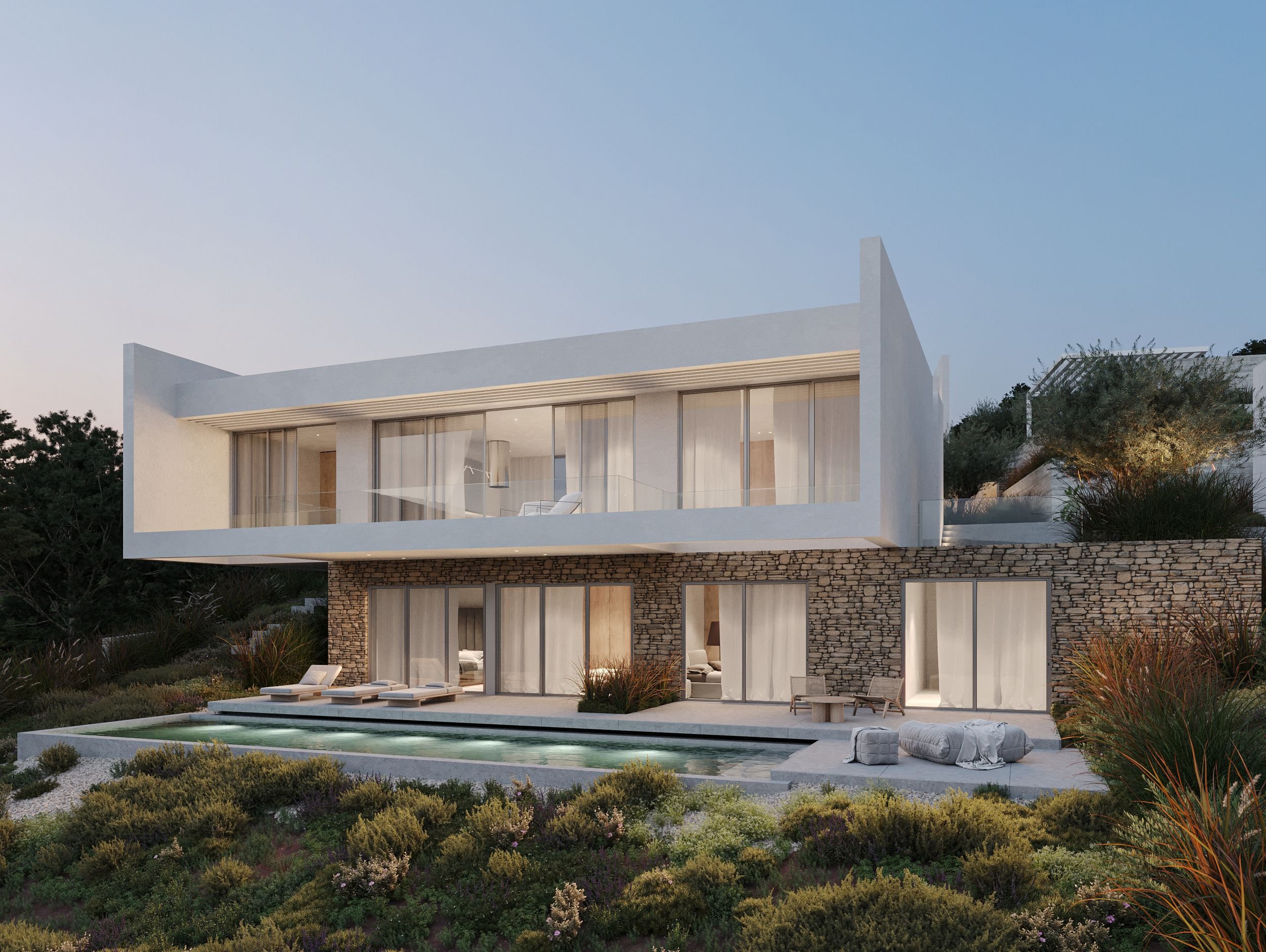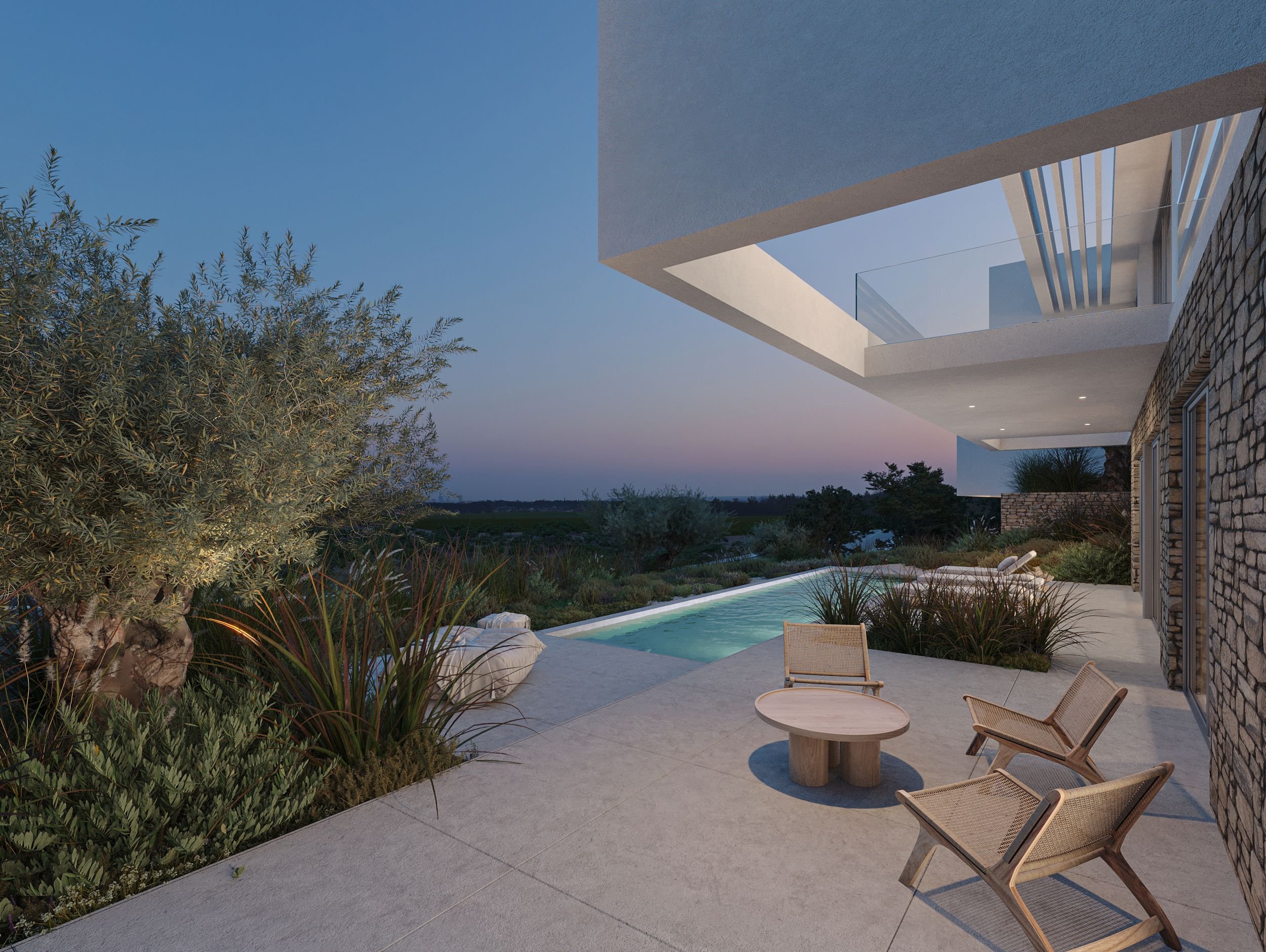The Power of Architectural Visualisation: Why it matters for architects
Discovering the Significance of Architecture Visualisation for Architects
Have you ever wondered why architectural visualisations play such a crucial role in the world of architecture? In this article, we will explore the importance of architecture visualisation and how it empowers architects to bring their designs to life in a remarkable way.
What is Architecture Visualisation?
Before delving into the significance, let's first understand what architecture visualisation is. Architecture visualisation, often referred to as 3D visualisation in architecture or CGI images, is the process of creating realistic digital representations of architectural designs. Through advanced software and techniques, architects can transform their 2D drawings into immersive 3D visualisations that accurately portray their vision.
Enhancing Communication and Collaboration
One of the key reasons why architecture visualisation is vital for architects is its ability to enhance communication and collaboration. Visual representations provide a common language that transcends technical jargon, enabling architects to effectively convey their ideas to clients, colleagues, and stakeholders. By presenting visually stunning and easily understandable 3D models, architects can bridge the gap between their imagination and the understanding of others.
Creating Clarity and Understanding
Architecture visualisation helps architects communicate their designs with clarity and precision. By presenting detailed 3D models, architects can showcase the spatial relationships, proportions, and materiality of their designs in a way that is easily comprehensible to clients and non-technical individuals. This clarity allows everyone involved to visualise the end result, fostering a shared understanding and reducing misunderstandings or misinterpretations.
Exploring Design Alternatives
Another significant benefit of architecture visualisation is its ability to explore different design alternatives. By creating 3D models, architects can easily iterate and experiment with various design options, materials, and configurations. This enables them to visualise the impact of each decision and make informed choices that align with the project's goals and requirements. By visually comparing different design options, architects can select the most suitable solution for their clients.
Streamlining the Approval Process
Architecture visualisation plays a pivotal role in the approval process for architectural projects. By presenting realistic and visually compelling 3D models, architects can effectively communicate the design intent to regulatory authorities, planning committees, and other decision-makers. These visualisations help stakeholders visualise the project's impact on the surrounding environment, ensuring a smoother approval process and reducing potential objections or concerns.
Benefits of Architecture Visualisation
Let's take a closer look at the key benefits that architecture visualisation brings to architects:
Improved Client Communication: Visual representations facilitate clear and effective communication between architects and clients, ensuring that everyone is on the same page regarding design expectations.
Enhanced Design Development: Architecture visualisation allows architects to refine and develop their designs by visualising them in a realistic 3D environment. This enables them to identify design flaws, make necessary adjustments, and optimise the final outcome.
Realistic Presentation: Visualising designs in 3D provides clients and stakeholders with a realistic preview of the project. This immersive experience allows them to better understand the proposed design and make informed decisions.
Marketing and Promotion: Compelling 3D visualisations serve as powerful marketing tools, enabling architects to showcase their portfolio and attract potential clients. These visuals effectively communicate the unique selling points of the design and set architects apart from their competitors.
Architecture visualisation is an indispensable tool for architects, offering a wide range of benefits that enhance design communication, collaboration, and decision-making. By harnessing the power of 3D visualisation, architects can effectively convey their ideas, streamline the approval process, and create realistic presentations that captivate clients and stakeholders. The significance of architecture visualisation goes beyond mere aesthetics—it empowers architects to create meaningful connections, foster understanding, and propel their projects forward.


